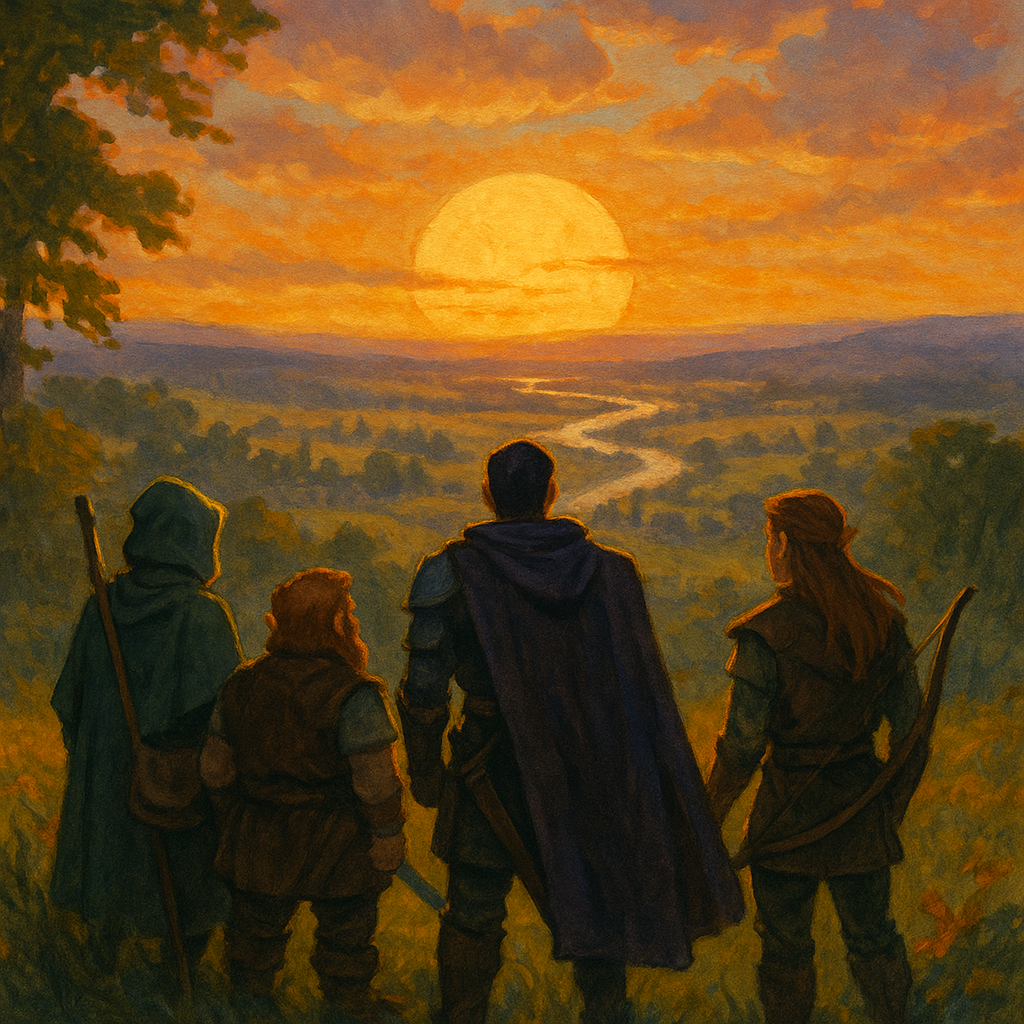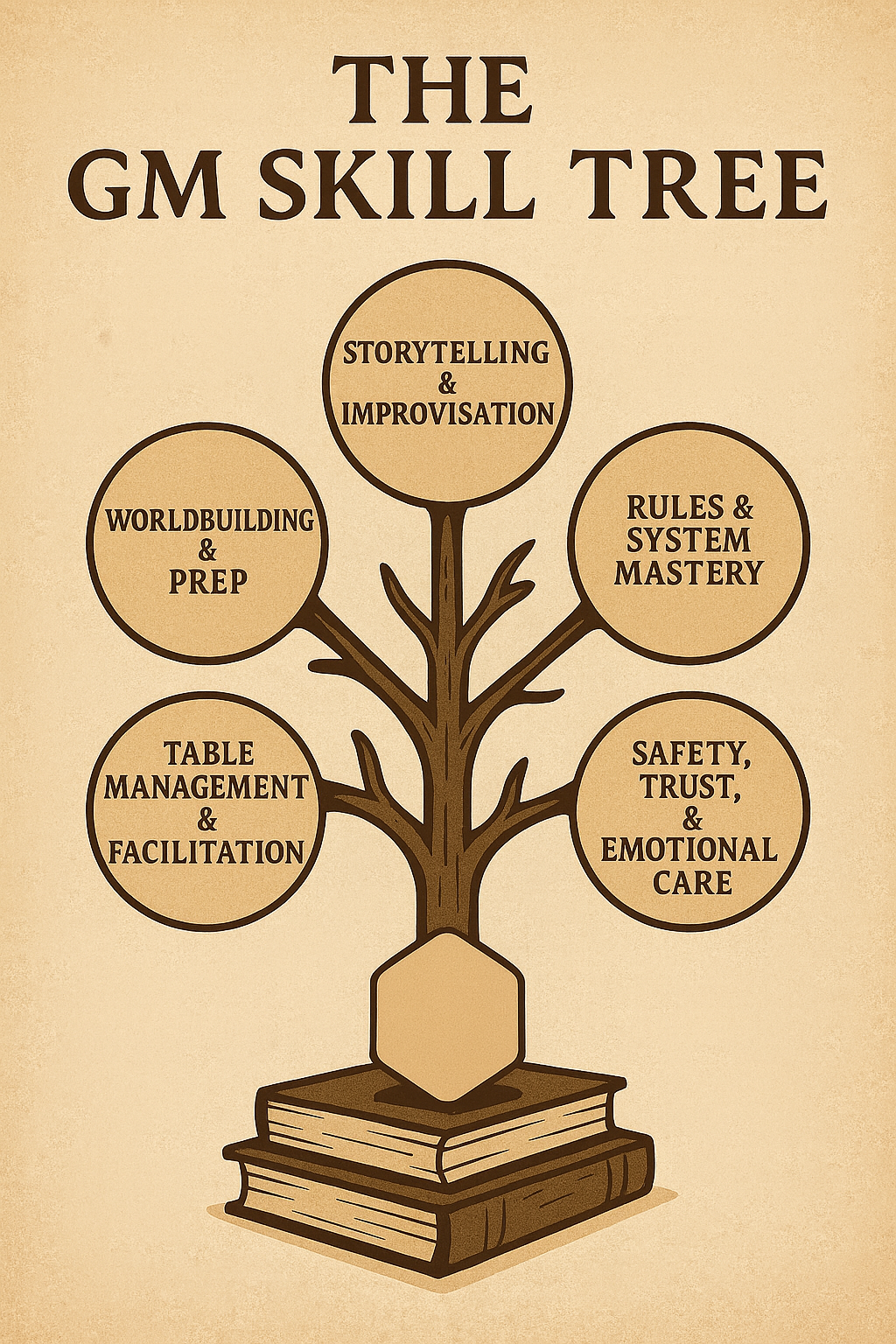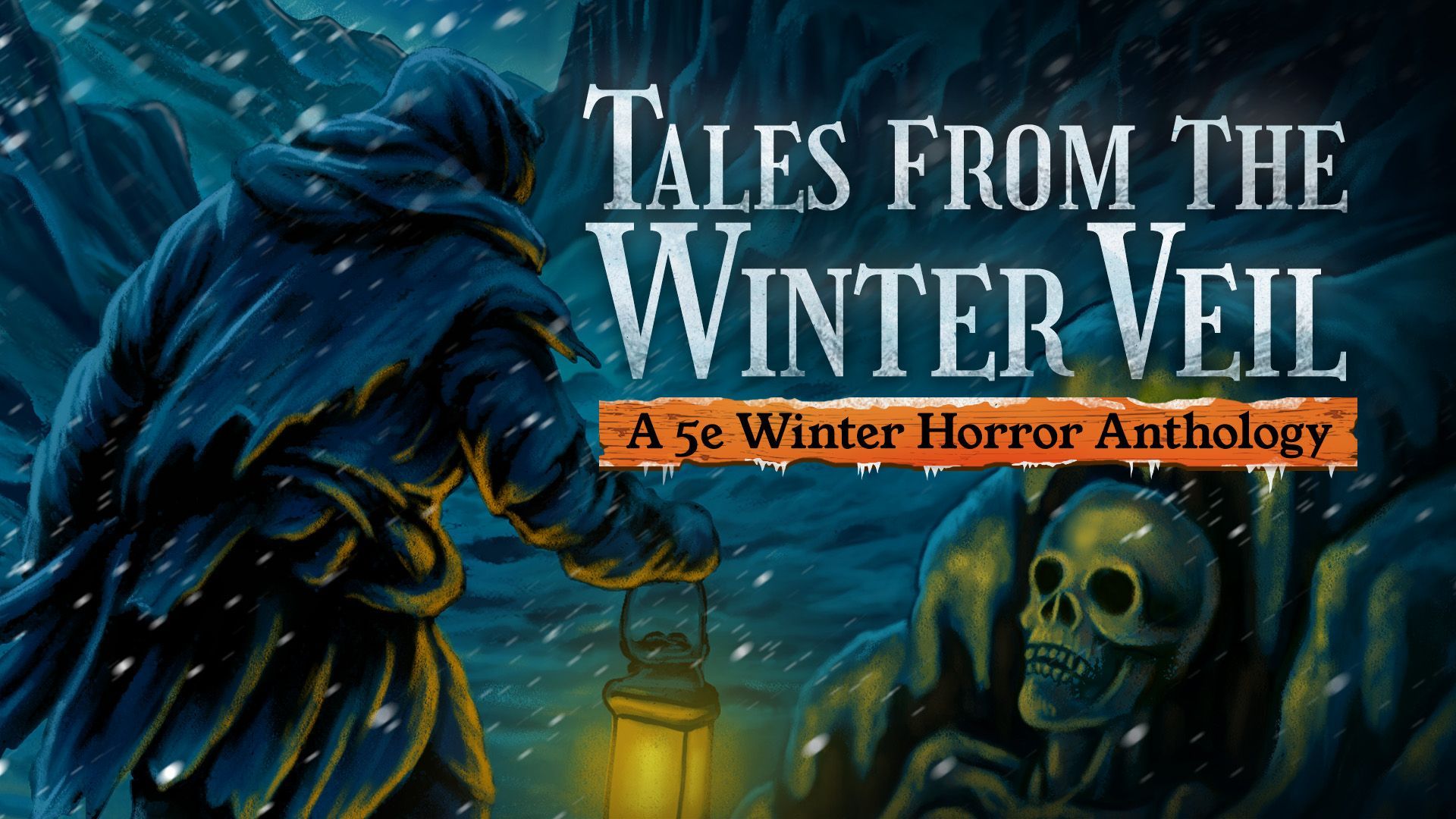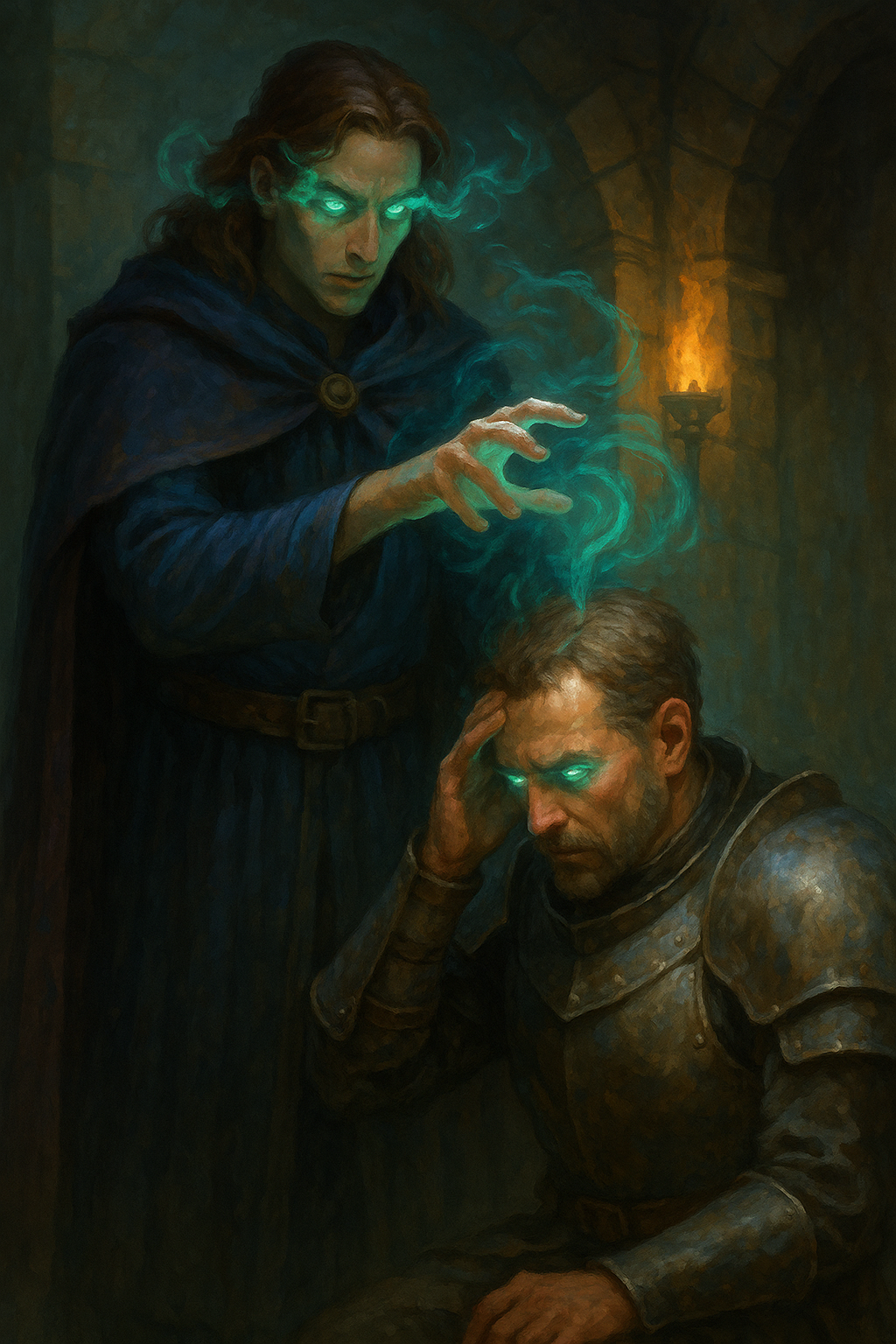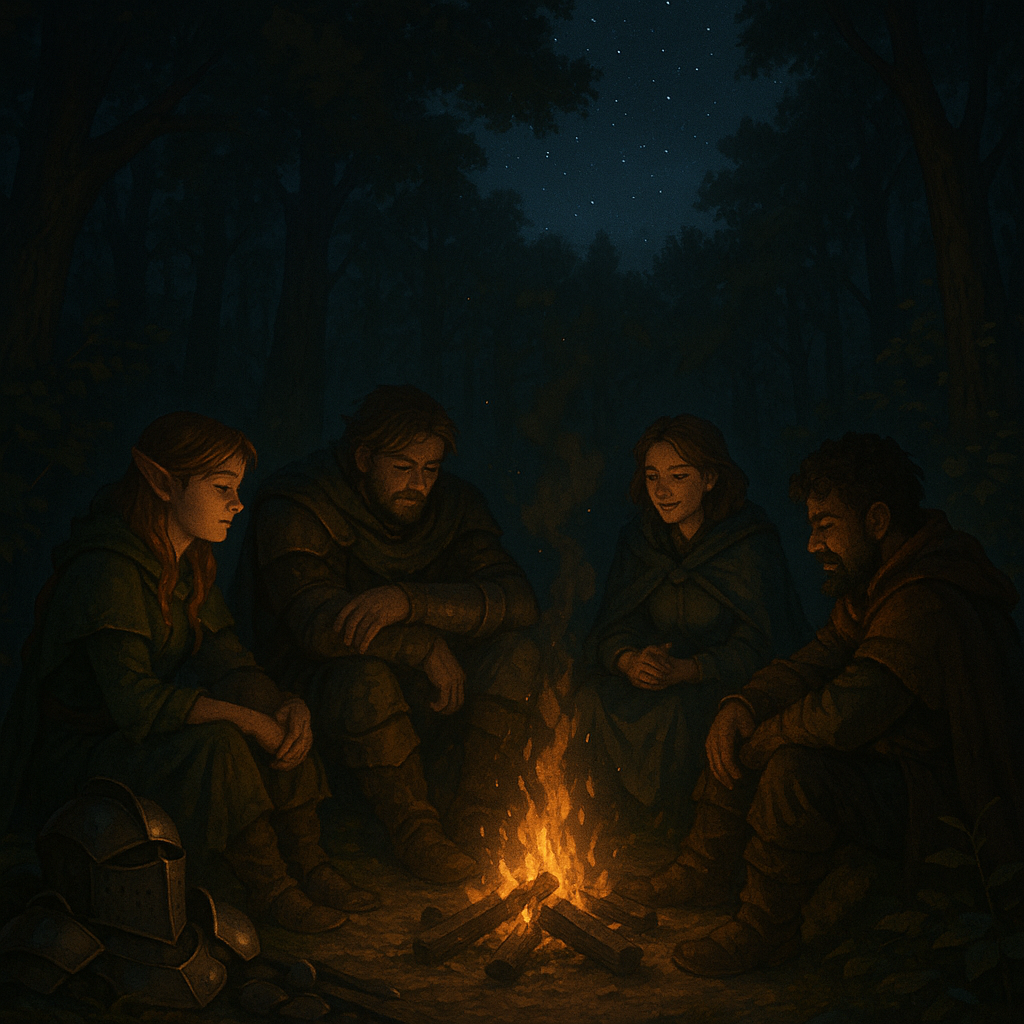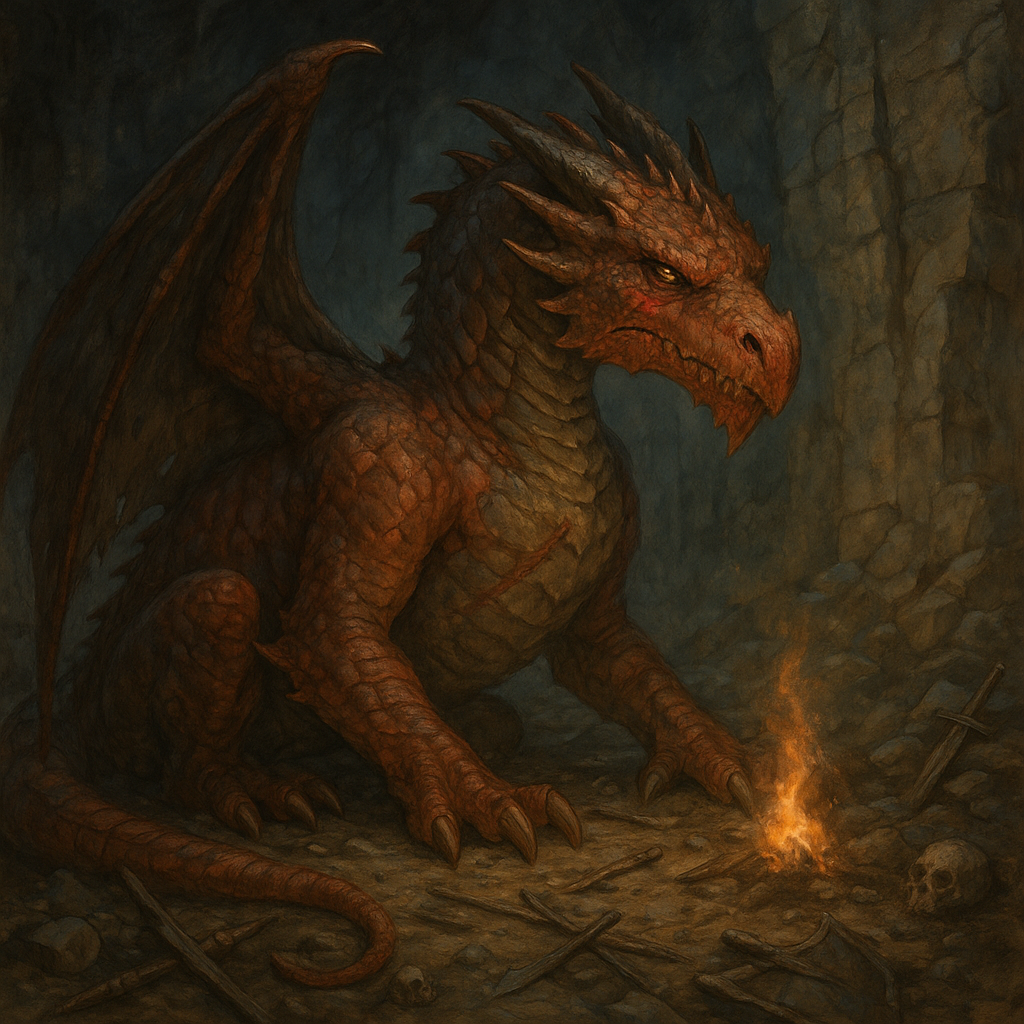How-to DM: Creating Your Own Monsters – Customizing Critters
Greetings, esteemed Dungeon Masters and imaginative world-builders! Today, we embark on a comprehensive exploration into the realm of crafting your very own monsters. Elevate your campaigns to new heights as you breathe life into creatures born from the depths of your creativity. In this extensive guide, we will delve into the intricacies of monster creation, providing a step-by-step journey to make your custom critters not just adversaries, but memorable characters in your Dungeons & Dragons world.
Conceptualization: The Birth of Beasts
Before delving into the mechanical aspects, let us first explore the conceptualization phase—the genesis of your custom monster. This initial step is crucial as it sets the tone for the creature’s design and integration into your campaign.
Purpose and Theme
Consider the purpose of your monster within the narrative. Is it a guardian of an ancient temple, a manifestation of nature’s wrath, or perhaps a twisted experiment gone wrong? Clearly defining the creature’s role and theme will guide subsequent decisions and make its presence more cohesive in the campaign.
Backstory and Motivations
Elaborate on the creature’s backstory, origins, and motivations. Is it a creature seeking revenge for an ancient betrayal, or does it exist merely to protect a sacred artifact? Understanding the creature’s history will add depth and nuance to its actions, making it more than just a combat encounter.
Creature Type and Size: The Basics
Now that you have a clear conceptual foundation, it’s time to dive into the mechanical aspects of your monster. The first decisions involve determining the creature’s type and size.
Creature Type
Choose a creature type that aligns with your monster’s nature. Is it an aberration, celestial, construct, dragon, fiend, or undead? Each type comes with inherent traits and features that will influence the creature’s abilities, resistances, vulnerabilities, and immunities. Consider how the chosen type complements the narrative and enhances the overall theme.
Size
Select an appropriate size category for your creature. Is it tiny, small, medium, large, or even larger? Size affects the creature’s physical dimensions, reach in combat, and some game mechanics. Ensure that the chosen size aligns with the creature’s thematic elements and the challenges you intend for your players.
Abilities and Traits: Unleashing the Extraordinary
With the foundational elements in place, it’s time to breathe life into your monster by determining its unique abilities and traits. This is where your creativity truly shines.
Defining Abilities
Consider the extraordinary abilities that set your monster apart. Is it venomous, ethereal, or capable of telekinesis? Determine the core abilities that align with the creature’s concept and role in your campaign. Be mindful of balance; the goal is to present challenges without overwhelming the players.
Incorporating Traits
Explore distinctive traits that add flavor to your creature. These traits can be passive features or conditional abilities that trigger under specific circumstances. Traits contribute to the overall identity of the monster and provide opportunities for dynamic encounters. Balance is key to ensure a fair and engaging experience for your players.
Combat Stats: Balancing the Scales
Now that your monster has a personality, it’s time to equip it with the necessary combat statistics. This includes hit points, armor class, speed, and other essential attributes that will determine its survivability and effectiveness in combat.
Hit Points
Decide on the creature’s hit points, considering its toughness and resilience. Use existing creatures with similar roles as benchmarks, adjusting the values based on the challenge rating you aim to achieve. The hit points should reflect the creature’s durability and its ability to withstand the players’ onslaught.
Armor Class
Set the armor class, determining how difficult it is for attacks to land on your creature. Consider the creature’s natural defenses, such as scales, armor, or magical barriers. The armor class should be in harmony with the creature’s concept, making it challenging but not impossible for the players to hit.
Speed and Movement
Define the creature’s speed and method of movement. Whether it slithers, glides, or teleports, the chosen speed and movement type should align with the creature’s nature. Consider the terrain where the players might encounter the monster and adjust movement accordingly.
Abilities and Skills
Assign relevant abilities and skills that showcase the creature’s strengths and weaknesses. Is it exceptionally perceptive, resistant to magic, or agile in its movements? Tailor these attributes to enhance the creature’s identity and contribute to its role in the campaign.
Attacks and Actions: The Dance of Combat
The heart of any monster lies in its ability to engage in combat. Develop unique attacks and actions that not only challenge the players but also reflect the essence of your custom creature.
Designing Attacks
Craft attacks that resonate with the creature’s theme. Whether it’s a fearsome bite, a paralyzing gaze, or a spellcasting ability, each attack should contribute to the overall narrative of the encounter. Consider the damage output, range, and frequency of attacks to achieve a balance that keeps players on their toes.
Special Actions and Reactions
Introduce special actions and reactions that showcase the creature’s intelligence and adaptability in combat. These could include unique maneuvers, defensive reactions, or abilities triggered by specific player actions. Ensure that these elements add strategic depth to the encounter without overwhelming the players.
Environmental Interaction: Shaping the Battlefield
A truly memorable encounter goes beyond combat. Consider how your monster interacts with its environment, leaving a lasting impact on the world around it.
Destructive Impact
Explore how your creature leaves its mark on the environment. Does it carve tunnels, create hazardous terrain, or summon destructive weather patterns? Incorporate elements that make encounters dynamic and provide players with opportunities for creative problem-solving.
Terrain Manipulation
Consider how the creature influences the battlefield. Does it have the ability to alter the terrain, create illusions, or summon minions? Environmental interactions add layers to encounters, making them more immersive and unpredictable.
Rewards and Loot: The Spoils of Victory
As your players emerge victorious from the encounter, consider what rewards await them. Beyond experience points, think about unique materials, magical components, or rare artifacts that can be salvaged from the defeated creature.
Material Components
Specify any valuable components that can be harvested from the monster. These could be used for crafting magical items, potions, or spell components. The rarity and uniqueness of these materials add intrigue to the rewards.
Magical Artifacts
Explore the possibility of the monster guarding or possessing magical artifacts. These items could become coveted treasures for your players, tying the encounter to larger story arcs or propelling the campaign forward.
Playtesting: Fine-Tuning the Beast
Before unveiling your creation to your players, undergo rigorous playtesting to ensure a balanced and enjoyable experience. Adjust any overpowered or underwhelming aspects, seek feedback from your players, and refine the creature to perfection.
Solo Playtests
Conduct solo playtests to simulate the monster’s behavior in combat. This allows you to evaluate the creature’s abilities, actions, and overall effectiveness. Take note of any adjustments needed to achieve the desired challenge level.
Group Playtests
Involve your gaming group in playtests to observe how the monster interacts with a party of adventurers. Gather feedback on the creature’s impact, difficulty, and overall enjoyment. Use this information to fine-tune the monster for optimal playability.
Conclusion: Mastering the Art of Custom Monsters
Congratulations, Dungeon Masters! You have successfully navigated the intricate process of creating your own monsters. By combining creative storytelling with strategic game design, you’ve birthed creatures that will leave a lasting impression on your players. May your campaigns be filled with epic encounters, memorable monsters, and the boundless wonders of your own imaginative realms. Happy crafting!
Until next time, Dear Readers…















